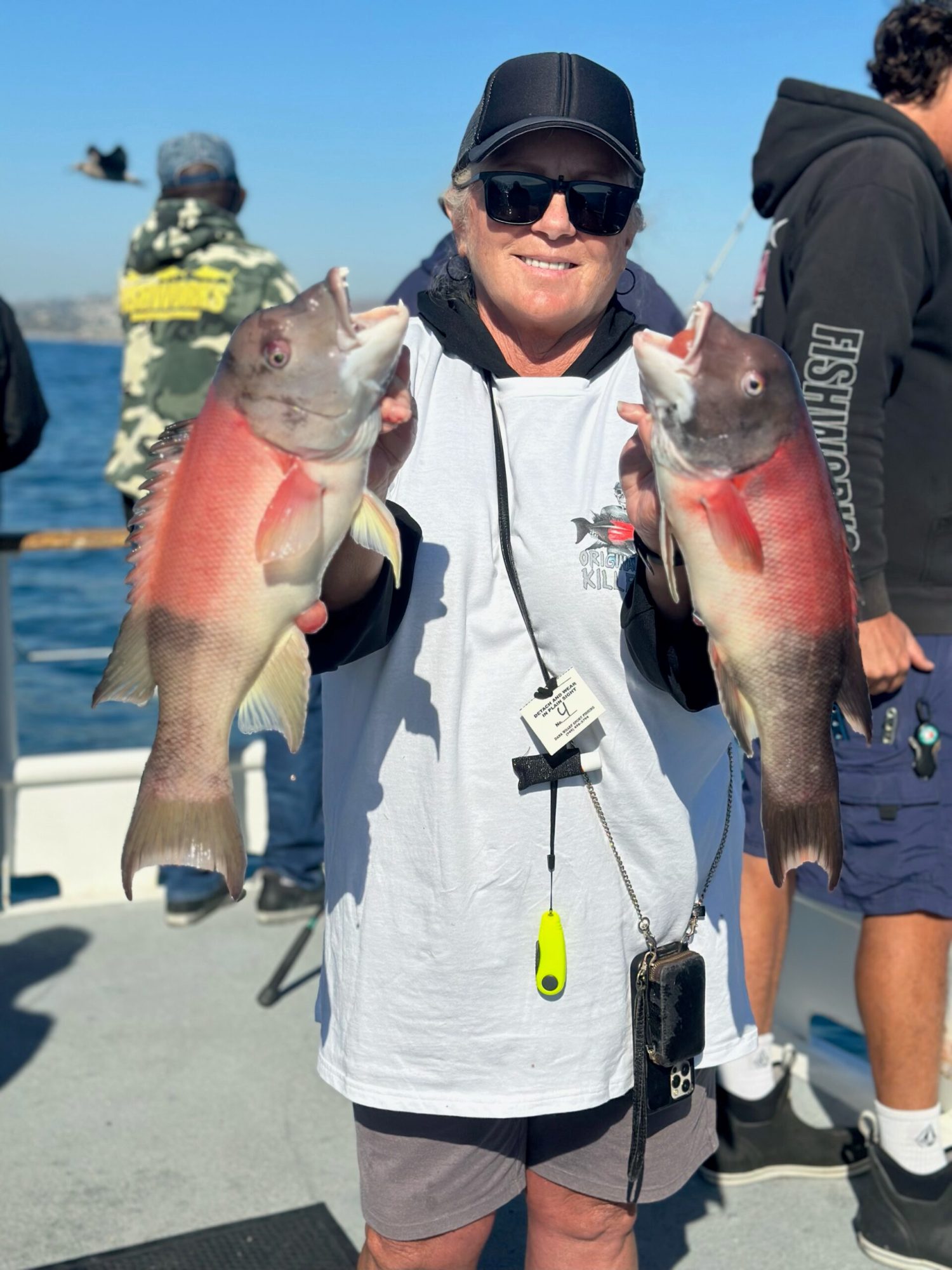Tips For Fall Deep sea Fishing In Southern California

Tips For Fall Deep sea Fishing In Southern California
Fall in Southern California brings a unique opportunity for deep sea fishing enthusiasts. The season’s changing tides and cooling waters create an ideal environment for a variety of fish species.
Whether you’re a seasoned angler or a beginner, understanding the nuances of fall fishing in this region can enhance your experience. From choosing the right gear to knowing the best fishing spots, every detail counts.
In this guide, we’ll share valuable tips for fall deep sea fishing in Southern California. Let’s dive in and explore what makes this season a favorite among the fishing community.

Fall Fishing in Southern California: An Overview
Fall deep sea fishing in Southern California is a unique experience. The region’s diverse marine ecosystem comes alive as various fish species migrate and feed in preparation for winter.
The fall season is marked by cooler water temperatures. This change influences fish behavior, making them more active and easier to catch.
Understanding these seasonal patterns can significantly improve your fishing success. It’s all about timing your trip right and knowing where to cast your line.
Targeting the Right Fish: What’s Biting in Fall?
In fall, Southern California’s deep sea waters teem with a variety of fish species. Knowing what’s biting can help you prepare your gear and tactics accordingly.
Species like Yellowfin Tuna, Bluefin Tuna, and Rockfish are common catches. These fish are attracted to the region’s nutrient-rich waters during the fall migration.
Here’s a quick list of fish you can target:
- Yellowfin Tuna
- Rockfish
- Calico Bass
- Bluefin Tuna
- Dorado
- Marlin
- Swordfish
Gear Up: Essential Equipment for Fall Deep Sea Fishing

Deep sea fishing requires specific gear to handle the challenges of the open ocean. Your equipment can make or break your fishing experience.
Rod, reel, and line are the basics. Choose heavy-duty gear capable of withstanding the strength of deep sea fish.
Here’s a quick list of essential gear:
- Heavy-duty rod and reel
- Strong fishing line
- Variety of hooks
- Bait and lures
- Gaff for landing fish
- Personal flotation device
Weather and Water: Pre-Trip Preparations
Before heading out, check the weather forecast. Unpredictable weather can make deep sea fishing dangerous.
Water temperature also plays a crucial role. It affects the behavior and location of fish.
Lastly, be aware of the tide conditions. They can significantly impact your fishing success.
Choosing Your Charter: Why Dana Wharf Sport Fishing Stands Out
Selecting the right charter is key. Dana Wharf Sport Fishing is a top choice for many.
They offer experienced guides and top-notch equipment. This ensures a successful and enjoyable fishing trip.
Remember, a good charter can make or break your deep sea fishing experience.
Techniques and Tips for a Successful Catch
Mastering the right techniques can enhance your fishing experience. It’s crucial to understand the behavior of the fish you’re targeting.
Bait selection plays a significant role. Different species are attracted to different types of bait.
Remember, patience and persistence often lead to the most rewarding catches.

Safety and Regulations: Fishing Responsibly
Safety should always be your top priority. Always check maritime regulations and weather conditions before heading out.
Remember to obtain the necessary fishing licenses and permits. Respect the marine ecosystem and practice sustainable fishing.
After the Catch: Handling and Conservation
Once you’ve landed your catch, proper handling is crucial. This ensures the quality of the fish and respects the creature’s life.
Store your catch properly to maintain its freshness. Use a cooler with ice or a live well.
Lastly, remember to follow catch and release guidelines if you’re not keeping the fish. This helps conserve the marine life for future generations.
